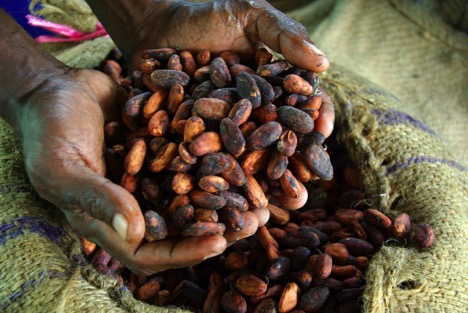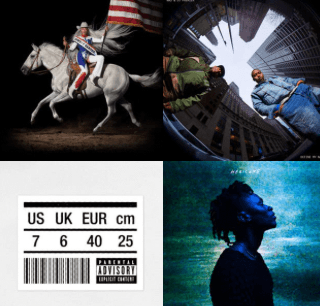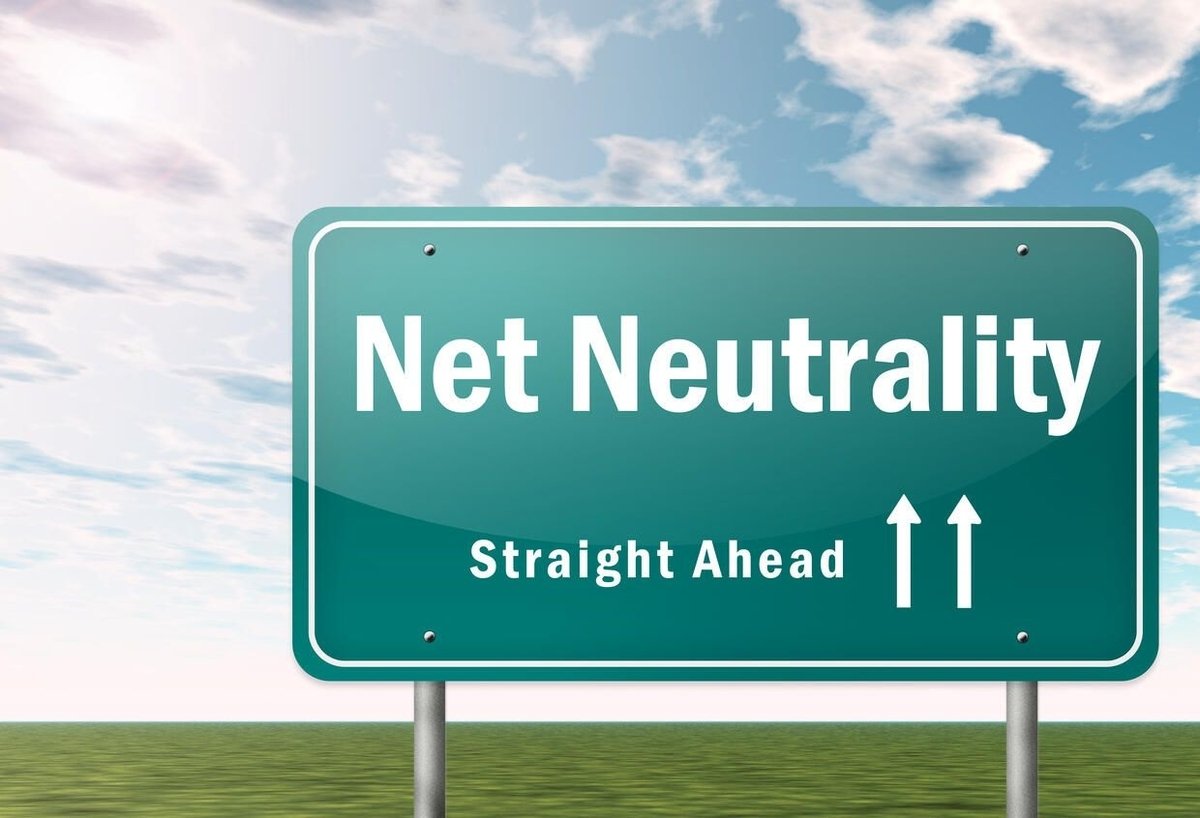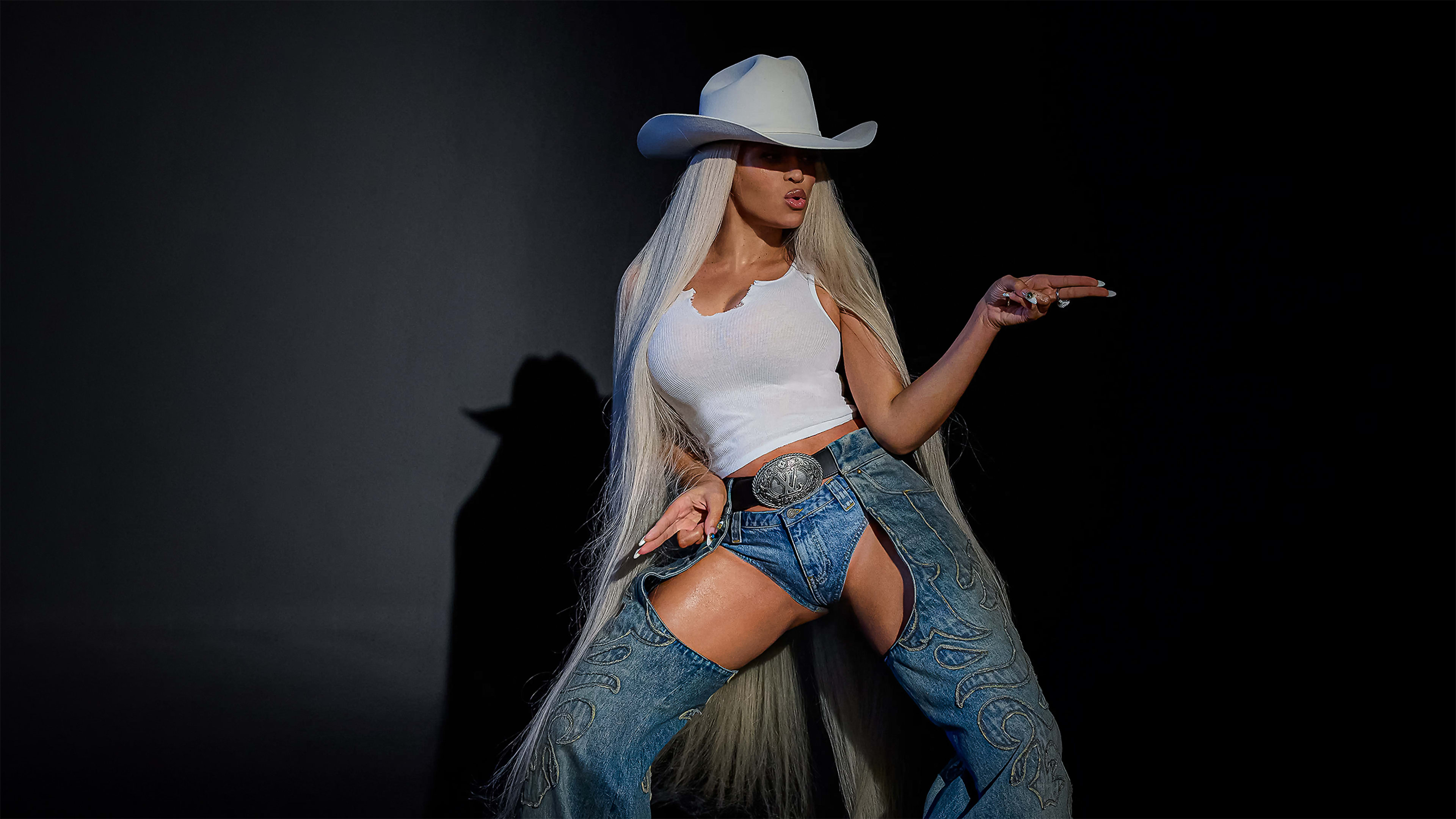- Cocoa is the best-performing commodity of 2018
- Ivory Coast and Ghana grow about 60% of the world’s cocoa
The global cocoa market dependence on West Africa is continuing with Ivory Coast, the world’s biggest producer leading the way. However, prices for the highly sought after commodity are set thousands of miles away in New York and London. Is it time for African cocoa growers to unite like oil producers have, in order to have more control over global pricing?
Why This Matters: The cocoa market can be extremely volatile. In late 2016, cocoa futures plunged 27% in a six-week period. In December 2017, New York prices fell to 10-year lows after a year of pressure from record supply out of Ivory Coast.
There has been a major turnaround in 2018 causing prices to surge up about 25% this year. Ivory Coast and Ghana grow about 60% of the world’s cocoa and want to regulate global supply and grab more of the profit. Cocoa differs from oil though in several ways including, output can’t be curbed overnight as trees keep producing. Not to mention traders know cocoa can’t be stored forever, especially in hot West Africa.
A major hurdle for the two countries to overcome is how they operate. Ivory Coast and Ghana have vastly different marketing systems for their cocoa, which means attempts to unite them will most likely require that one or the other change. Also, the governments compete against each other to sell their crops before the season starts, this makes sharing of crucial market information tricky.
Situational Awareness: There is some sweet news out of this potential partnership since cocoa accounts for about 20% of the average bar of milk chocolate. Candy makers usually buy cocoa six months in advance, so any price increase would take a while before it hit your favorite candy bar at the local store.
CBx Vibe: “Change” J. Cole









